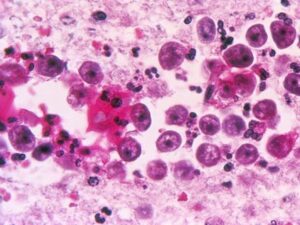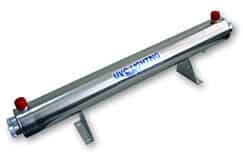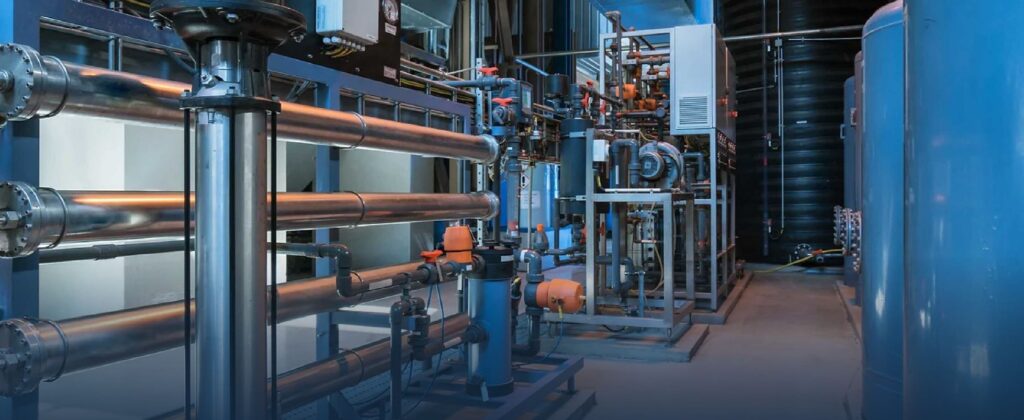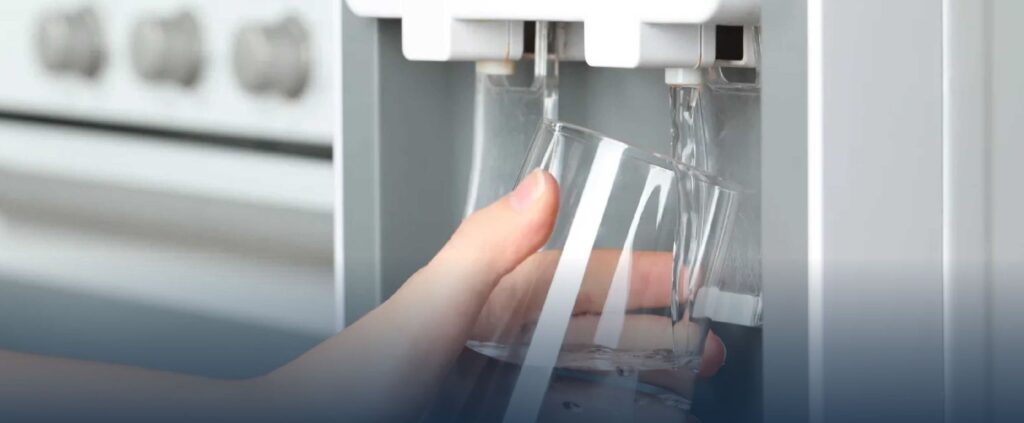What’s Lurking in The Water?
The dangers lurking in dams, rivers and other untreated water supplies
A large proportion of Australians rely on untreated or minimally treated water supplies for their daily water requirements. Recent events have highlighted the dangers of untreated water supplies, even when the water is not consumed.

Rainwater that falls from the sky is perceived safe to drink and provides a false sense of security- the same applies to dams and rivers that may be located in pristine environments.
However, one of the dangers is called Naegleria fowleri. Naegleria fowleri, also known as the “brain-eating amoeba”, is a species of free-living, bacteria-eating amoeba that can be pathogenic, causing a brain infection. This infects people by entering the body when water containing the amoeba goes up the nose. The amoebae travel up the nose to the brain where they infect and destroy brain tissue.
This microorganism is typically found in bodies of warm freshwater, such as ponds, lakes, rivers, and hot springs. There is no reason why this bacteria could not also be encountered in rain water tanks.
There are other water borne bacteria and viruses such as legionella, and some people may build up some level of immunity against some of these potentially lethal microbes but older people and children in particular, may not have the same level of immunity – and it just is not worth it to roll the dice.
The best way to ensure your water supply is safe, is to have some levels of filtration and ultraviolet disinfection. Ultraviolet disinfection can be used by the UV radiation which affects microorganisms by altering the DNA in the cells and impeding reproduction. Ultraviolet treatment does not remove organisms from the water, it merely inactivates them. The effectiveness of this process is related to exposure time and lamp intensity as well as general water quality parameters.
Used alone, UV radiation does not improve the taste, odour, or clarity of water. UV light is a very effective disinfectant, although the disinfection can only occur inside the unit. There is no residual disinfection in the water to inactivate bacteria that may survive or may be introduced after the water passes by the light source. It is therefore necessary to treat the water immediately after it is pumped from the water source, and prior to consumption. Water for recreational use should also be treated. The percentage of microorganisms destroyed depends on the intensity of the UV light, the contact time, raw water quality, and proper maintenance of the equipment. Any stagnant water like inflatable pools may also require supplementary disinfection like chlorination.

Contact your local PWT specialist and we can recommend the most suitable disinfection solution for your water requirements.



